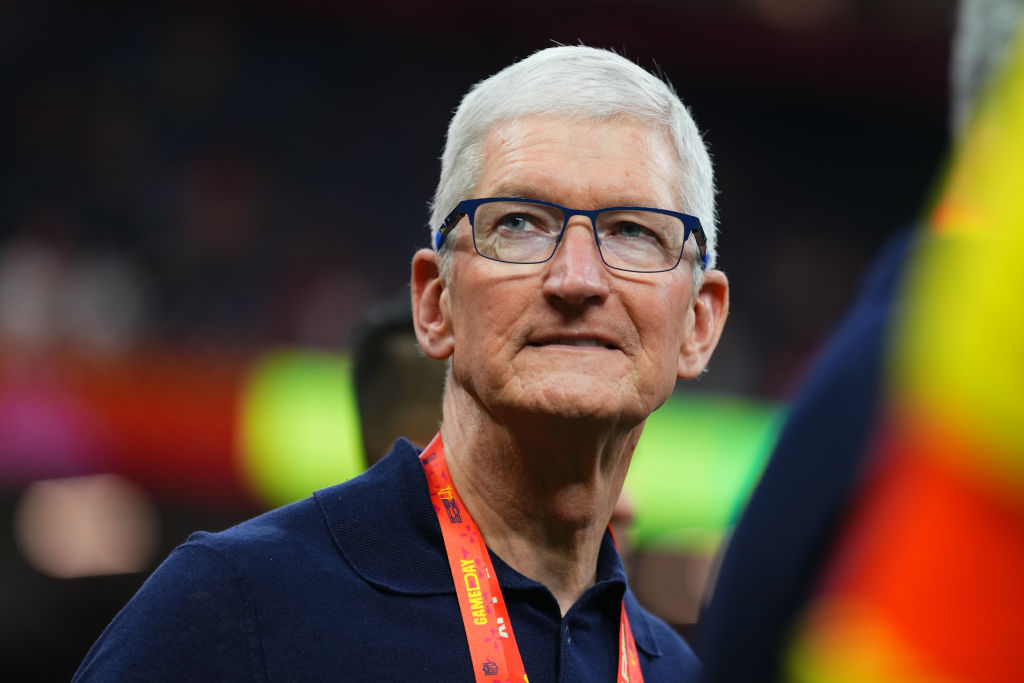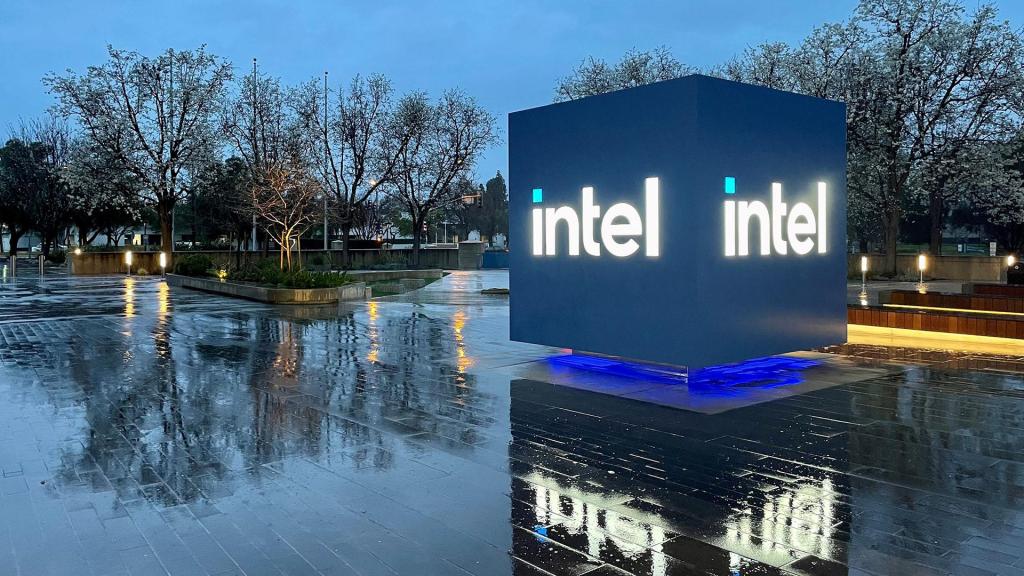Apple’s Leadership Transition: Tim Cook’s Potential Departure and the Rise of John Ternus
Apple Inc. is reportedly intensifying its succession planning as CEO Tim Cook considers stepping down, potentially as early as next year. According to a recent report by the Financial Times, the company’s board and senior executives have accelerated preparations for this leadership transition. While no final decisions have been made, John Ternus, Apple’s Senior Vice President of Hardware Engineering, is widely viewed as the leading candidate to succeed Cook.
Tim Cook, who turned 65 this year, has been at the helm of Apple since 2011, following the resignation of co-founder Steve Jobs. Under Cook’s leadership, Apple has experienced remarkable growth, with its market capitalization soaring from approximately $350 billion in 2011 to an impressive $4 trillion today. This period has seen the launch of several successful products, including the Apple Watch, AirPods, and the expansion of the iPhone and Mac lineups.
The timing of Cook’s potential departure appears strategic. An announcement is unlikely before Apple’s next earnings report in late January, which will cover the critical holiday sales period. This approach would allow for a smooth transition, providing the new leadership team ample time to settle into their roles ahead of major events like the Worldwide Developers Conference in June and the annual iPhone launch in September.
John Ternus, the frontrunner for the CEO position, joined Apple in 2001 and has played a pivotal role in the development of key products. At 50, Ternus represents a younger generation of leadership within Apple, potentially offering a fresh perspective while maintaining the company’s core values. His deep understanding of Apple’s hardware engineering processes and his alignment with the company’s design philosophy make him a strong candidate for the top role.
It’s important to note that these succession plans are not a response to any current performance issues. Apple continues to report strong financial results, with shares trading near all-time highs and expectations for a record-breaking quarter. The proactive approach to leadership transition reflects Apple’s commitment to long-term stability and growth.
In previous interviews, Cook has expressed his deep attachment to Apple, stating that he will continue in his role until he feels it’s time to step down. This sentiment underscores the thoughtful and deliberate approach both Cook and the company are taking toward this significant change.
As the tech industry evolves, with increasing emphasis on areas like artificial intelligence and spatial computing, a leadership change at Apple could signal new directions for the company. Competitors such as Microsoft, Google, and Nvidia are making significant strides in these fields, and Apple’s leadership transition may position the company to better compete in these emerging markets.
In conclusion, while no official announcements have been made, the intensified succession planning at Apple suggests that the company is preparing for a future without Tim Cook at the helm. The potential appointment of John Ternus as CEO indicates a commitment to continuity and innovation, ensuring that Apple remains a dominant force in the technology sector.



